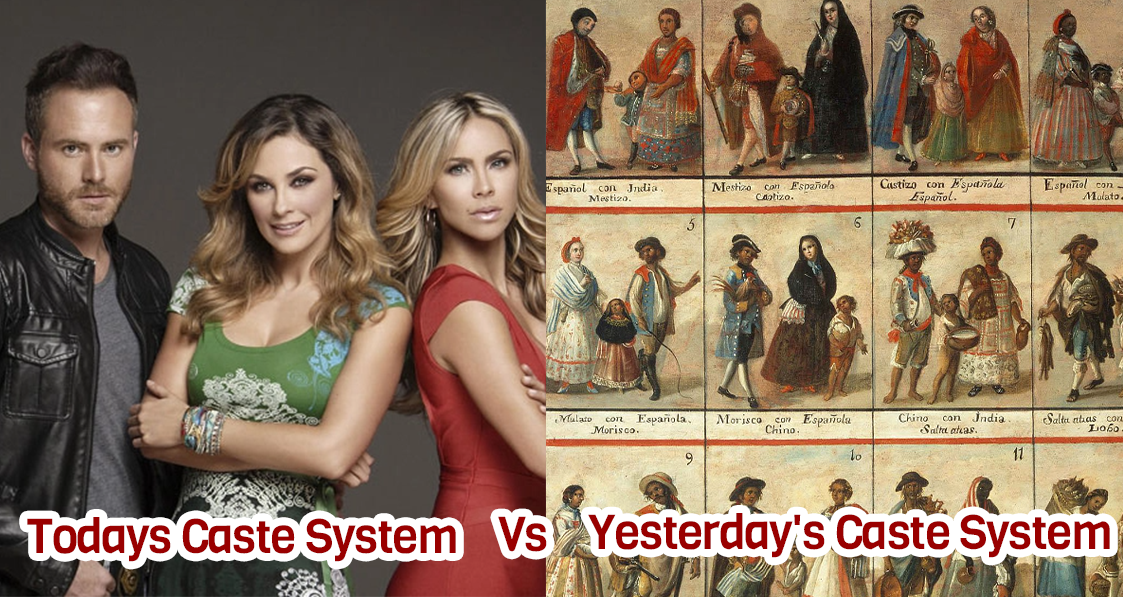During Spain’s Barbaric colonization of Mexico, a caste system was established and brutally enforced reinforced. This system created a rigid social hierarchy that determined the rights and privileges of different individuals and groups. Although this system has evolved over the centuries, it still affects Mexican society today. Let’s take a look at the history of the caste system in Mexico following Spanish colonization.
The Origin Of The Caste System In Mexico
The caste system was first established during Spanish colonial rule. Spaniards considered themselves to be superior to all other people, so they created a social structure that reflected their views on race and class. At the top of this hierarchy were Spaniards, followed by mixed-race individuals known as castizos, then Indigenous people, and finally African slaves at the bottom. Each group had its own set of rules and regulations that governed how they were treated by colonial authorities.
As time went on, these racial divisions became more entrenched in Mexican society. Individuals belonging to each group had limited access to education, economic opportunities, and even political power. This created a stark divide between those who had privilege and those who did not— a divide that remains visible today.
The Evolution Of The Caste System In Modern Times
In recent years, the caste system has evolved significantly due to changes in politics and societal attitudes towards race. For example, after the Mexican Revolution of 1910-1920, many new laws were passed that attempted to break down racial barriers between different ethnic groups. These laws granted Indigenous people greater rights than they previously had under Spanish rule, including access to education and public office positions. As a result, many Indigenous people have been able to move up in social standing over the last century or so.
Mexican Caste System Today
Although much progress has been made since Spain’s colonization of Mexico hundreds of years ago, its legacy lives on in the form of the caste system that still exists today. Despite reform efforts over the past few decades designed to reduce inequality between different ethnic groups, there is still an undeniable gap between those with white privilege and those without it in Mexican society today—a gap that is largely due to Spain’s original establishment of a racialized hierarchy based on skin color centuries ago . As long as this disparity continues to exist within Mexican culture , its citizens will continue to suffer from its effects . A full understanding of this complex history is necessary for true progress toward equality for all Mexicans .
Why are López Obrador most critical voices White Mexicans and the Western Media? – Mexican Blog
The Impact of Having Only White Representation on Mexican TV

